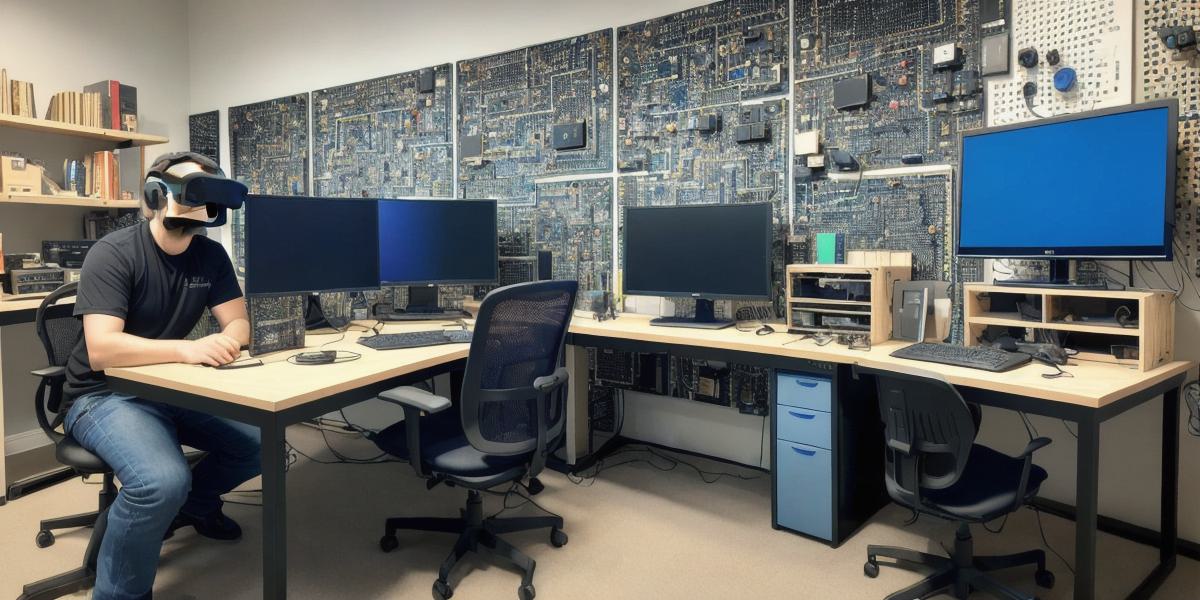Metaverses, virtual worlds where users can interact with each other in a three-dimensional environment, are becoming increasingly popular. From gaming to socializing and even conducting business, metaverses offer endless possibilities. If you’re intrigued by the idea of creating your own metaverse, read on for a comprehensive guide on how to get started.
Understanding the Concept
A metaverse is a collective virtual shared space, created by the convergence of virtually enhanced physical reality and physically persistent virtual reality. In simpler terms, it’s a virtual world where users can interact with each other in real time. Metaverses are typically built using game engines like Unity or Unreal Engine, along with various scripting languages and tools.
Planning Your Metaverse

The first step in creating your own metaverse is planning. Identify the purpose of your metaverse, such as gaming, socializing, or conducting business. Define the features you’d like to include, such as customizable avatars, user-generated content, or virtual marketplaces. Consider the target audience and desired user experience.
Building Your Metaverse
Once you have a clear idea of what you want to build, it’s time to start creating your metaverse. Begin by setting up the development environment using a game engine like Unity or Unreal Engine. Build the basic structure of your world, including the terrain, skybox, and other environmental elements. Add interactive objects and features using scripts and plugins.
Populating Your Metaverse
To make your metaverse truly engaging, you’ll need to populate it with content and users. Create customizable avatars for users to represent themselves in the virtual world. Develop various tools and resources for users to interact with each other and the environment. Consider integrating user-generated content or allowing users to build their own structures and objects.
Monetization and Governance
To sustain your metaverse, you’ll need a way to generate revenue. Consider implementing monetization strategies such as selling virtual goods, offering premium memberships, or hosting events. Establish a governance system to maintain order and ensure a positive user experience. This could include moderation tools, community guidelines, and user agreements.
Marketing and Growth
To attract users to your metaverse, effective marketing is essential. Utilize social media platforms, gaming communities, and other channels to promote your metaverse. Offer free trials or demos to encourage exploration. Foster a positive and inclusive community to retain users and encourage word-of-mouth growth.

In conclusion, creating your own metaverse can be an exciting and rewarding project. By understanding the concept, planning carefully, building engaging content, implementing monetization strategies, and marketing effectively, you’ll be well on your way to developing a thriving virtual world for users to explore and interact with each other.
